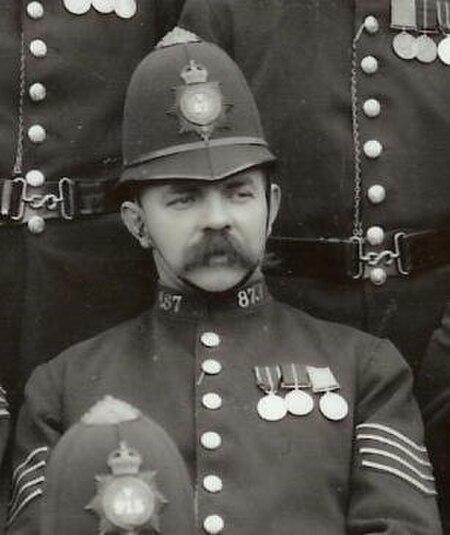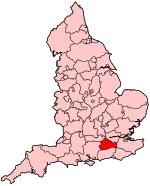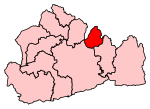Epsom riot

The Epsom riot took place on 17 June 1919 when between 300 and 800 Canadian soldiers rioted and attacked the police station in Epsom, Surrey, England. Station Sergeant Thomas Green, a British police officer, was injured during the incident and died the following day. The Canadians were from the nearby Woodcote camp, a temporary military base that was being used as a convalescent hospital. With the First World War over, discipline at the camp was relaxed. Delays in repatriating Canadian soldiers had resulted in thirteen riots by troops in British camps between November 1918 and June 1919. The riot began when two Canadian servicemen were arrested following a disturbance at a local public house. Their comrades marched on the town police station to demand their release. The soldiers ripped up the railings surrounding the station to use as missiles and clubs. In the ensuing fighting, Private Allan McMaster, a former blacksmith, picked up a metal bar and struck Green on the head. The sergeant died the following day, having never regained consciousness. Seven men appeared in court in July 1919. They were found guilty of rioting, but were acquitted of manslaughter. They were sentenced to one year in prison, but were released after only a few months. Ten years after returning to Canada, McMaster, one of those imprisoned, confessed to the killing. As he had already been found innocent of manslaughter, he was not returned to the UK.
Excerpt from the Wikipedia article Epsom riot (License: CC BY-SA 3.0, Authors, Images).Epsom riot
Ashley Avenue, Epsom and Ewell Woodcote
Geographical coordinates (GPS) Address Nearby Places Show on map
Geographical coordinates (GPS)
| Latitude | Longitude |
|---|---|
| N 51.3321 ° | E -0.2672 ° |
Address
Ashley Avenue
Ashley Avenue
KT18 5AX Epsom and Ewell, Woodcote
England, United Kingdom
Open on Google Maps










